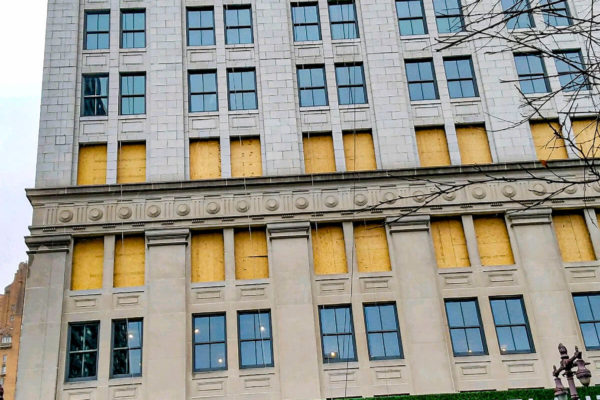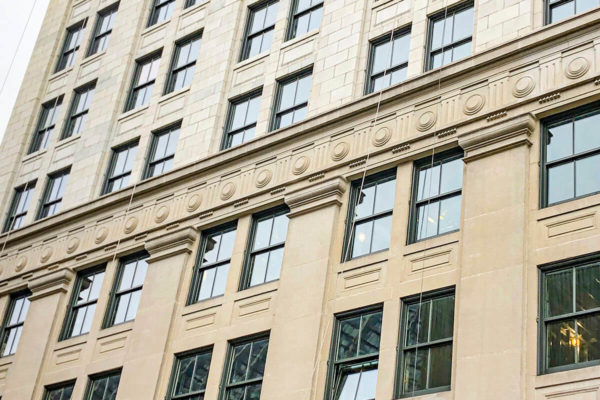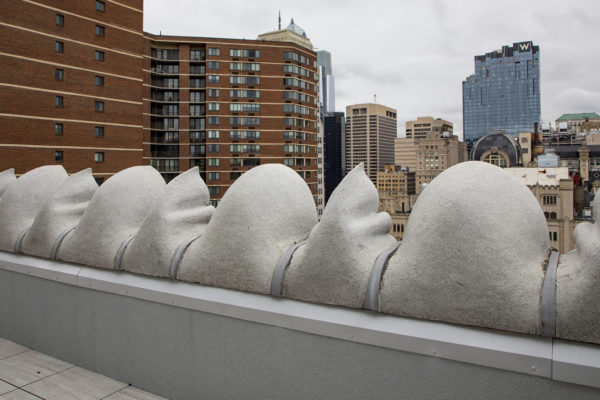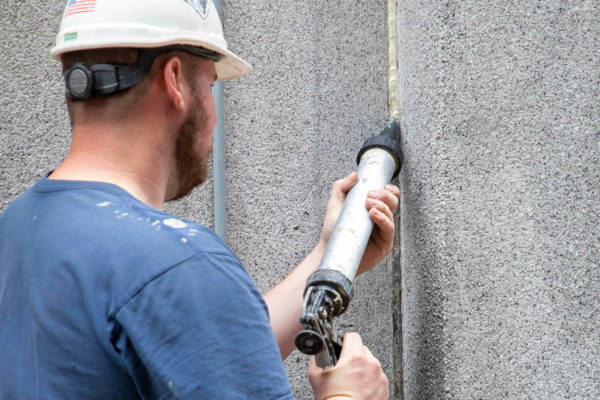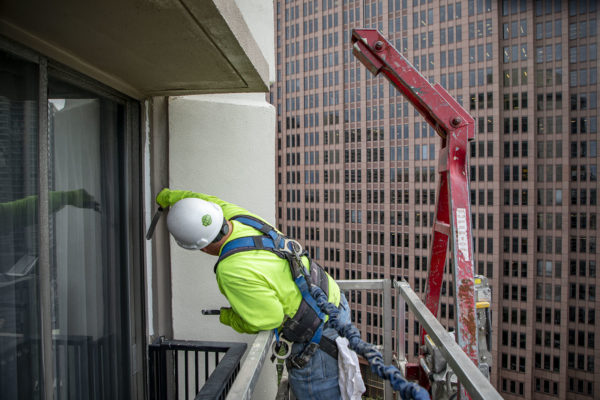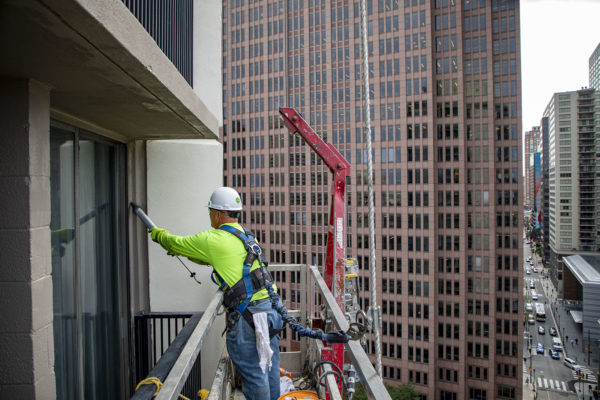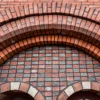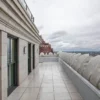Buildings are designed with joints to accommodate expansion and contract throughout the seasons. Due to its elasticity, caulking sealants manage these joints by continually stretching and tightening to sustain a watertight seal. Sealants also protect buildings from other elements and keep the interior walls safe from mold and water damage.
When sealants become damaged due to time and weather exposure, buildings lose this important moisture barrier, as well as thermal insulation and noise barriers. Premier can help locate sealant failures, replace sealants and caulking, seal expansion joints, and recommend preventive measures to ensure your building is, and remains, protected.

